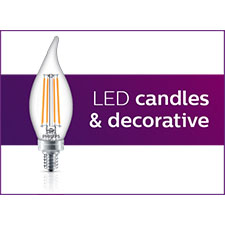
From Theory to Application: Understanding and Implementing Color Temperature and CRI in Lighting Design
Steve Maurer, IME
Back when I was the facility electrician for a poultry processing plant, one of my many responsibilities was maintaining the lighting.
Aside from candlepower, there are two other factors to consider: color temperature and the CRI or Color Rendering Index.
Kelvin (K) is the scale used to measure color temperature, which really hasn’t much to do with hot and cold, other than colors toward the blue spectrum (4000 to over 5000 K) are called cool and colors at the lower end (2700 to 3000 K) are considered warm.
High Kelvin temperature ratings appear more bluish white and are good for productivity and focus.
On the lower end of the scale, the yellowish orange light promotes relaxation, intimacy, or stress relief.
We’re talking about White Balance or the true white appearance under different lighting sources.
In a nutshell, color temperatures—the Kelvin rating—of a bulb or lamp determines whether the light appears warm or cool. And it influences the overall feel and aesthetic appeal of a room, space, or other visual object.
Here are a few examples:
- 2700K to 3000K creates a warm, inviting atmosphere for residences, restaurants and similar venues.
- 4000K emits a crisper light that’s ideal for commercial or retail establishments.
- 5000K or higher is best for task-oriented jobs and industrial applications.
CRI—Determining Color Accuracy
Color Rendering Index or CRI, is the light source’s ability to render color accurately. And it’s a quantitative measurement, not an opinion.
When viewed under a high CRI lamp, normally considered 85-100, a red apple really looks red.
CRI is different from color temperature, although cooler temps seem to have a better color rendering. CRI is actually based on the light source’s spectrum.
You need to consider both metrics when choosing a light source, based on the specs and requirements requested for desired ambiance, color accuracy, and visual comfort in the scenario installed.
Does Using LEDs Make a Difference?
Yes, because using LEDs allows for more flexibility in some aspects of lighting.
There’s a difference in the way light is produced in incandescents and LEDs. Incandescent light bulbs have a CRI of 100 because of how the light is produced. But, most incandescent bulbs emit a warm light of 2700K.
LEDs usually emit a light that’s between 80 to 90 CRI. So they’re pretty good at showing red apples as red. And some can be engineered in the high 90s if the application requires it.
A larger range of color temperatures is an advantage of LED lamps. That means they can be tuned to the specifications of the application, from warm to cool color temps.
LEDs also have a longer expected light span.
Heat production on the lamp surface is less, keeping them cooler to the touch.
LEDs are also more energy efficient than incandescent lamps. If LEED compliance, or just lowering energy costs is the goal, LEDs are hard to beat.



